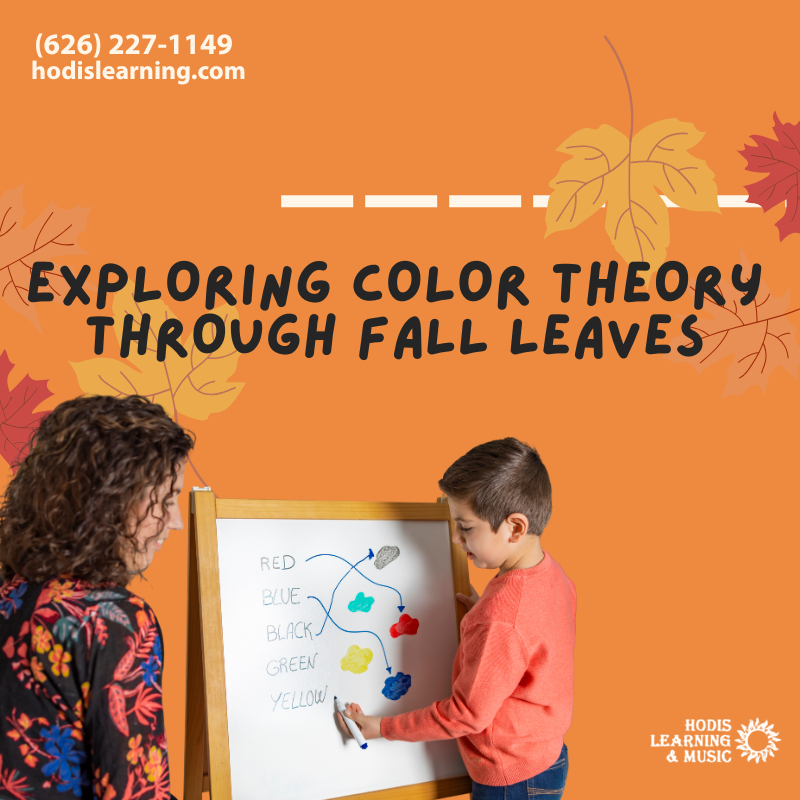Exploring Color Theory Through Fall Leaves
Fall is the perfect time to slow down, look around, and get inspired by the beauty of nature. As leaves change from green to brilliant reds, oranges, and yellows, they offer a great way to explore the basics of color theory in a fun, hands-on way.
What Is Color Theory?
Color theory is the study of how colors work together, how they’re created, and how they make us feel. Understanding color theory helps artists make thoughtful choices in their work. Luckily for us, fall leaves are a great natural example.
Some key terms to know:
- Primary colors: Red, blue, and yellow. These can’t be made by mixing other colors.
- Secondary colors: Orange, green, and purple. Made by mixing two primary colors.
- Tertiary colors: Created by mixing a primary and a secondary color (like red-orange or yellow-green).
- Warm colors: Reds, oranges, and yellows.
- Cool colors: Blues, greens, and purples.
Hands-On Activity: Leaf Study & Color Exploration
Materials You’ll Need:
- Some fall leaves in different shapes and colors
- Sketchbook or drawing paper
- Pencils, markers, colored pencils, or paints
- A color wheel (can be printable or homemade)
- Optional: glue, scissors, construction paper for a collage
Step 1: Collect Your Inspiration
Go outside and gather 5–10 fall leaves in a variety of colors. Try to find warm and cool tones if possible, like deep reds, bright yellows, soft browns, and even fading greens.
Choose leaves with interesting shapes and patterns, too.
Step 2: Observe and Identify Colors
Sit down with your leaves and look closely at the colors. Ask yourself:
- Do any leaves show more than one color?
- Are there any unexpected hues, like purples or pinks?
- Can you match the leaf colors to the color wheel?
For younger students, this is a great chance to connect real-world objects with abstract color concepts.
Step 3: Draw or Paint Your Leaves
Choose a few leaves to draw or paint. Try to recreate their color as closely as possible using your art materials.
If you want to go further, create a color mixing chart to experiment with blending your own fall-inspired shades.
Step 4: Create a Fall Leaf Color Wheel
Arrange your leaves or leaf drawings in a circle to mimic a color wheel. Where do your colors fall? Which ones are opposites? Which are complementary?
This helps students visualize how colors relate to each other. It’s also a fun way to see how nature doesn’t always follow “rules” perfectly.
Why This Lesson Matters to Budding Artists
This activity encourages students to observe nature with an artistic eye, practice drawing and color mixing, understand core principles of color theory, and appreciate the beauty of nature.
These are all important skills for any artist to have and develop.
Want to Keep Exploring Art?
At HLM, we offer personalized art lessons for students of all levels and ages. Call us at (626) 227-1149 or email us to book an art session and get hands-on, professional art instruction with fun activities like the one we described in this resource article!



